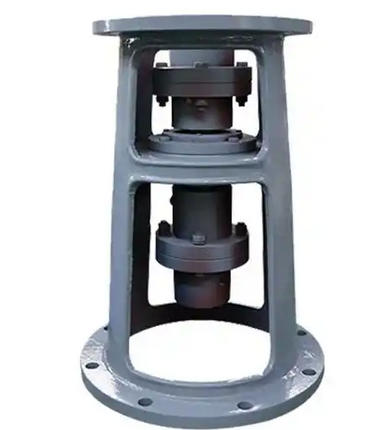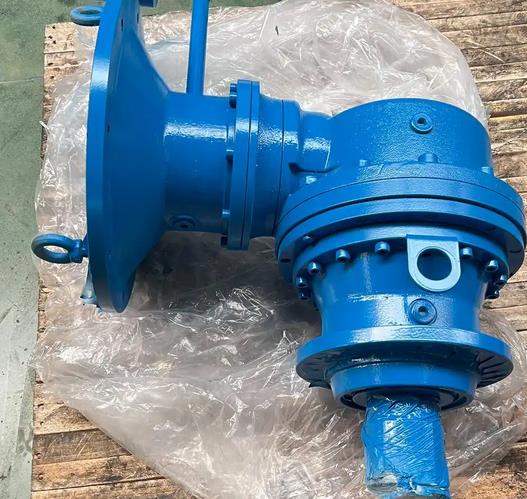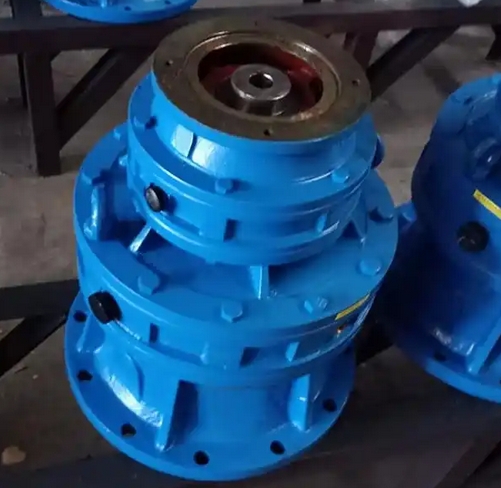What are the advantages and disadvantages of TJ6-X7 gearbox frames made of different materials
There are three types, with core differences concentrated in strength, corrosion resistance, cost, and applicable scenarios. The advantages and disadvantages are as follows:1、 Cast iron material (commonly used grades HT200/HT250)
Advantages: Good casting performance, capable of forming complex structures, low production cost; Strong rigidity and excellent shock absorption, suitable for vibration conditions during gearbox operation; Low processing difficulty, easy to ensure accuracy of hole positions, flanges, etc.
Disadvantages: Poor toughness, high brittleness, easy to crack under impact or heavy load; Weak corrosion resistance, relying on coating protection, prone to rusting in humid/outdoor environments; Heavy weight, not conducive to handling and installation.
2、 Carbon steel material (commonly used grades Q235B/Q355B)
Advantages: Balanced strength and toughness, able to withstand moderate loads and slight impacts, strong structural stability; Good welding performance, can adjust the structure through welding processing, and adapt to non-standard installation requirements; High cost-effectiveness, between cast iron and stainless steel.

Disadvantages: The corrosion resistance is average, and protective treatments such as painting and galvanizing must be carried out, otherwise it is prone to oxidation and rusting; Outdoor or chemical environments require frequent maintenance, and the corrosion rate is faster when the protective layer is damaged.
3、 Stainless steel material (commonly used grade 304/316)
Advantages: It has extremely strong corrosion resistance and can adapt to harsh environments such as outdoor, humid, and chemical media without the need for additional protection; The surface is smooth and easy to clean, not prone to dust and dirt accumulation, and has low maintenance costs; Long service life, not easily deformed or corroded due to long-term use.
Disadvantages: High cost, about 3-5 times the price of cast iron and 2-3 times the price of carbon steel; The processing difficulty is high, and specialized equipment is required for welding and machining, with high precision control requirements; 304 stainless steel may still corrode in high salt spray and strong acid-base environments, and 316 material should be selected.



